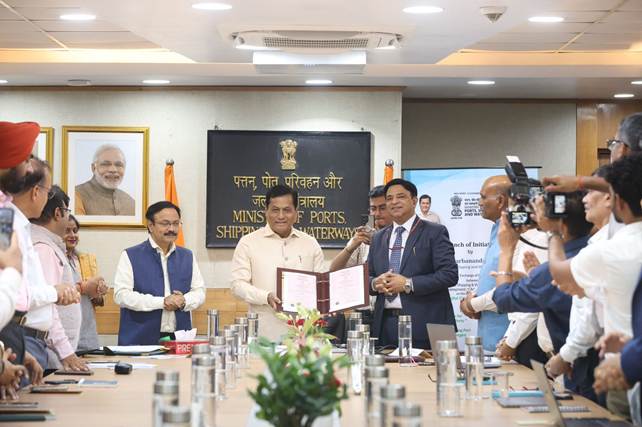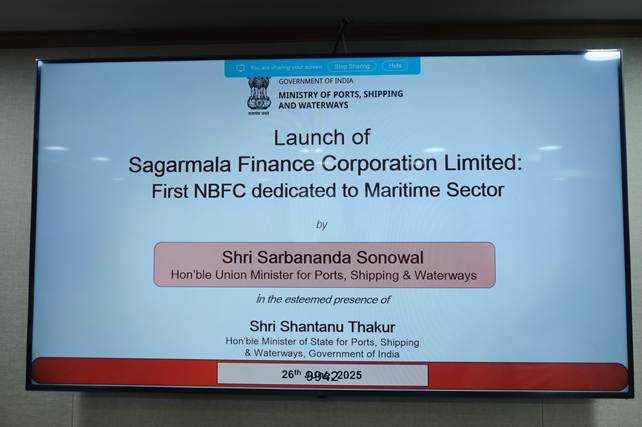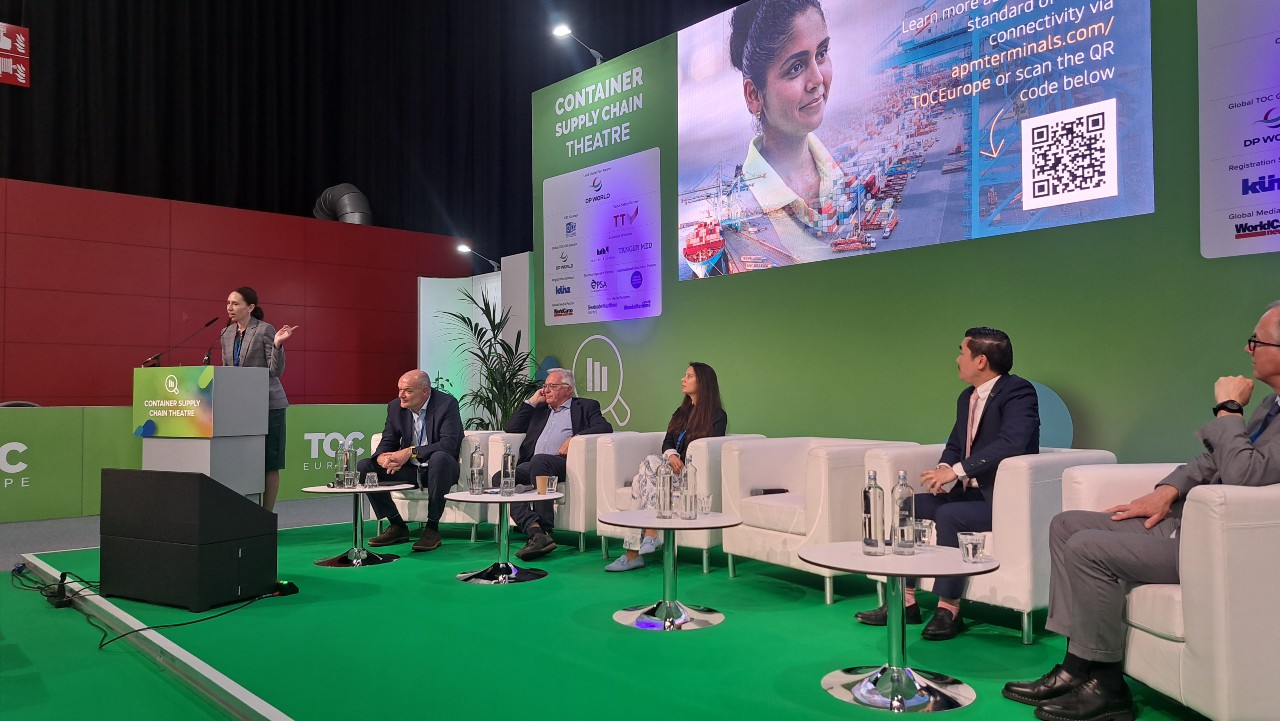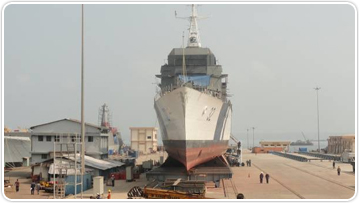Sagarmala Finance Corporation Could Reshape Port-Led Growth
But Will the Benefits Reach All?
Maritime News, New Delhi, India: In a landmark moment for India’s maritime sector, Union Minister of Ports, Shipping & Waterways Sarbananda Sonowal inaugurated the Sagarmala Finance Corporation Limited (SMFCL) — the country’s first dedicated Non-Banking Financial Company (NBFC) for maritime financing. The move aims to address long-standing gaps in sector-specific credit and investment, supporting India’s Maritime Amrit Kaal Vision 2047 for a globally competitive and resilient maritime economy.
Originally set up as the Sagarmala Development Company Limited, the corporation has been formally registered as an NBFC with the Reserve Bank of India as of June 19, 2025, transforming it into a focused financial institution capable of lending directly to maritime stakeholders.
“The registration of SMFCL as an NBFC is a milestone. It will bridge critical financing gaps and unlock tailored solutions to support ports, MSMEs, startups, educational institutions, and more,” said Union Minister Sarbananda Sonowal at the inauguration.
Who Stands to Gain?
Major Port Authorities and Port Developers: SMFCL is expected to accelerate modernization, capacity expansion, green retrofits, and dredging projects by enabling structured long-term financing.
Shipping Companies: Large shipping lines as well as domestic coastal shipping operators stand to benefit through easier access to working capital, fleet upgrades, and retrofitting for green fuels.
MSMEs in Maritime Services: SMEs providing repair, maintenance, marine engineering, and auxiliary maritime services can potentially tap specialized loan products.
Startups and Innovators: Logistics-tech startups, port automation solution providers, maritime software developers, and green energy innovators will gain targeted funding to scale up.
Maritime Education & Skill Centres: Institutes looking to upgrade simulators, labs, and training vessels can leverage SMFCL for modernisation loans.
Shipbuilding & Cruise Tourism: Traditionally high-capital industries like shipyards and cruise operators will benefit from easier access to financing for vessel construction, refits, or modernisation.
Inland Waterways Operators: River-based barge owners, ferry operators, and passenger water taxi firms could benefit if SMFCL expands its mandate beyond sea ports to inland transport.
Marine Equipment and Spare Parts Suppliers: Often MSMEs themselves, these businesses can apply for working capital or machinery upgrades.
Green Technology and Environmental Startups: With SMFCL’s support for renewable energy and emissions reduction, climate-tech maritime firms stand to receive much-needed funding.
Maritime Logistics & Cargo Aggregators: Coastal cargo handlers and aggregator companies can access credit for digital tracking systems, container handling, or warehousing expansion.
Seafarer Welfare & Welfare NGOs: Although not direct beneficiaries, seafarer welfare organizations could see indirect benefits if SMFCL-funded training centres improve worker well-being.
Who Might Miss Out?
Traditional fishing communities: Small-scale fishers, artisanal boat makers, and unregistered marine workers may lack formal credit profiles to access SMFCL.
Informal and unorganized maritime workers: Daily wage laborers, coastal women’s cooperatives, traditional shipwrights, and beach-based repair workers could be left out.
Small inland cooperatives: Fisher or boat-owner cooperatives that are not formally registered or lack documentation might struggle to qualify.
Informal port transporters and manual dockworkers: These groups typically rely on cash-based microcredit and may not have the collateral or compliance systems to borrow from a formal NBFC.
How the Left-Out Groups Could Gain Access
Form cooperatives or producer groups: Coastal and inland fishing communities could organize formally to create bankable legal entities.
Build credit histories: By working with microfinance lenders or cooperative banks, traditional workers can start small, documented loan cycles to build a credit score.
Partner with MSMEs: Informal workers could partner with established MSMEs that already have documentation, acting as sub-contractors or group members to benefit indirectly.
Seek technical assistance: Training from maritime skill missions, NGOs, or government-sponsored literacy camps could help build business plans, standardize records, and become eligible.
What Should They Do?
Register cooperatives or producer companies under government schemes
Approach state maritime boards to integrate themselves into regional port-led growth plans
Participate in government skill-upgrading schemes
Leverage the Pradhan Mantri Matsya Sampada Yojana or similar programs to get support documents ready
File collective proposals via district fisheries or MSME officers to connect with SMFCL
What Policy Interventions Are Needed?
Targeted microfinance window: MoPSW could instruct SMFCL to launch a special credit window for traditional fishers, small inland operators, and cooperatives.
Simplified collateral norms: For smaller and community-based enterprises, allow alternative guarantees instead of strict asset-backed collateral.
Outreach and technical assistance: Government should fund teams to visit coastal and riverine villages to explain SMFCL loans, application processes, and eligibility in local languages.
Integrated monitoring: Create an annual audit framework to check who is getting funding, ensuring marginalised and informal groups are included.
Alignment with blue economy policy: SMFCL should link with the PM Gati Shakti plan, fisheries policies, and the National Logistics Policy so that informal maritime actors do not get left behind.
Who Else Needs to Be at the Table?
State-level maritime boards to guide regional port development
Panchayati Raj institutions in coastal and river districts to reach local communities
Industry associations like shipbuilders’ associations, inland barge associations, and MSME maritime chambers to advocate fair inclusion
Environmental experts to ensure green projects are prioritized and monitored
Skill-development bodies (like DGT, NSDC) to match trained workers with the new financial flows
Local coastal women’s SHGs to explore low-ticket loans for processing, trading, or value-addition activities linked to ports
The Way Forward
The creation of SMFCL marks an important shift in India’s maritime policy framework. For the first time, a dedicated, sector-specific finance institution will channel tailored credit into port-led growth. This is essential to realise the Maritime Amrit Kaal Vision 2047, modernise India’s port infrastructure, support shipbuilding, and boost maritime logistics competitiveness.
Yet the stakes are high. If SMFCL only serves big ports, large shipping firms, and well-capitalised MSMEs, then entire segments of the maritime workforce — from fishers to small inland waterway cooperatives — may be excluded from its benefits.
To truly transform the ecosystem, SMFCL will need to design inclusive instruments, work with state governments, and build last-mile financial literacy. By ensuring fair and equitable access, India can deliver a maritime renaissance where no stakeholder is left behind.
For more details on how SMFCL will operate and how applicants can prepare, visit the Ministry of Ports, Shipping & Waterways website.





